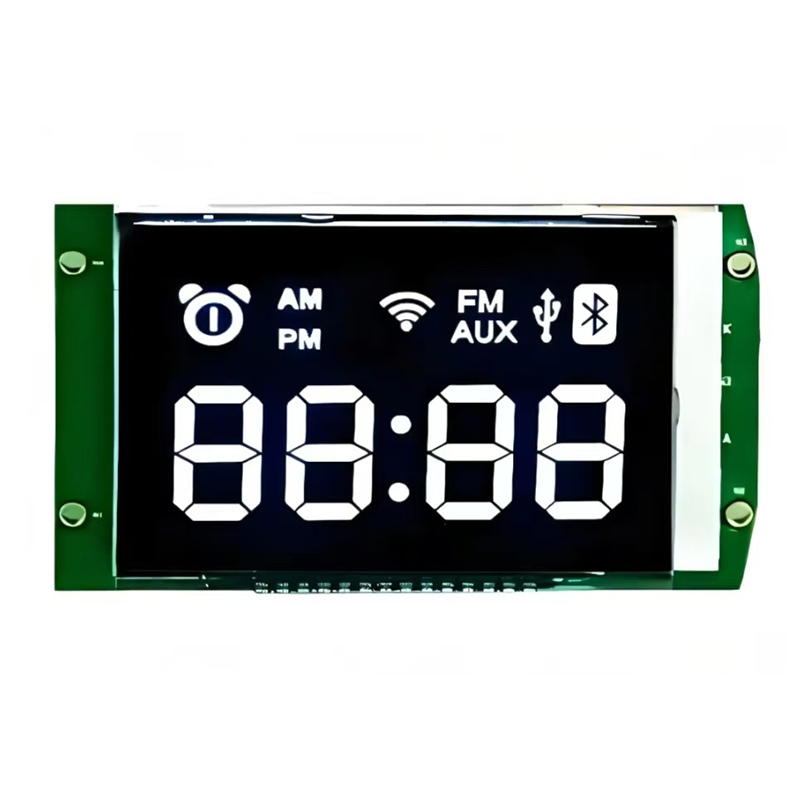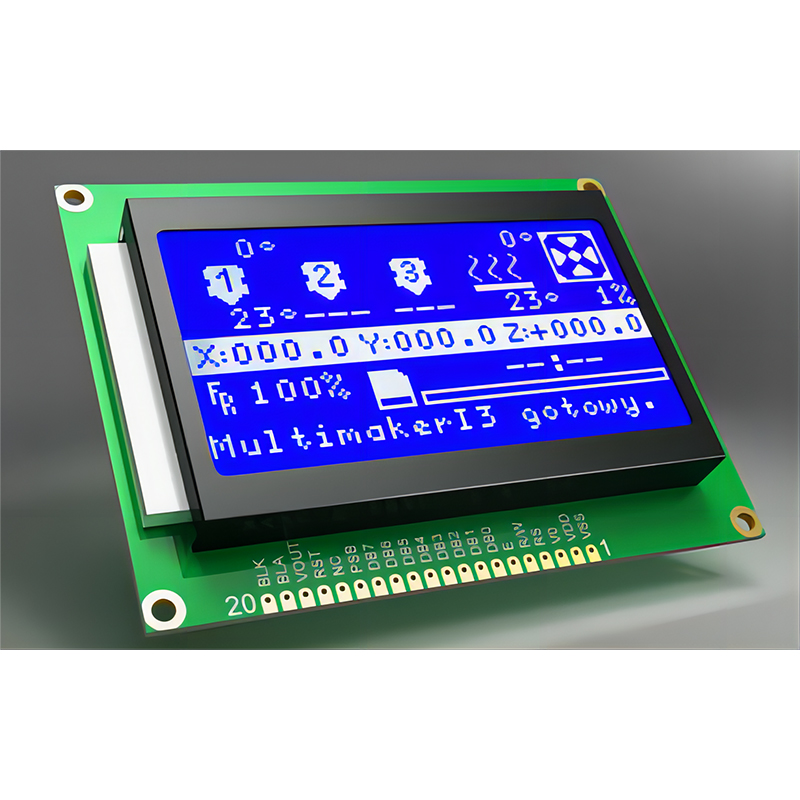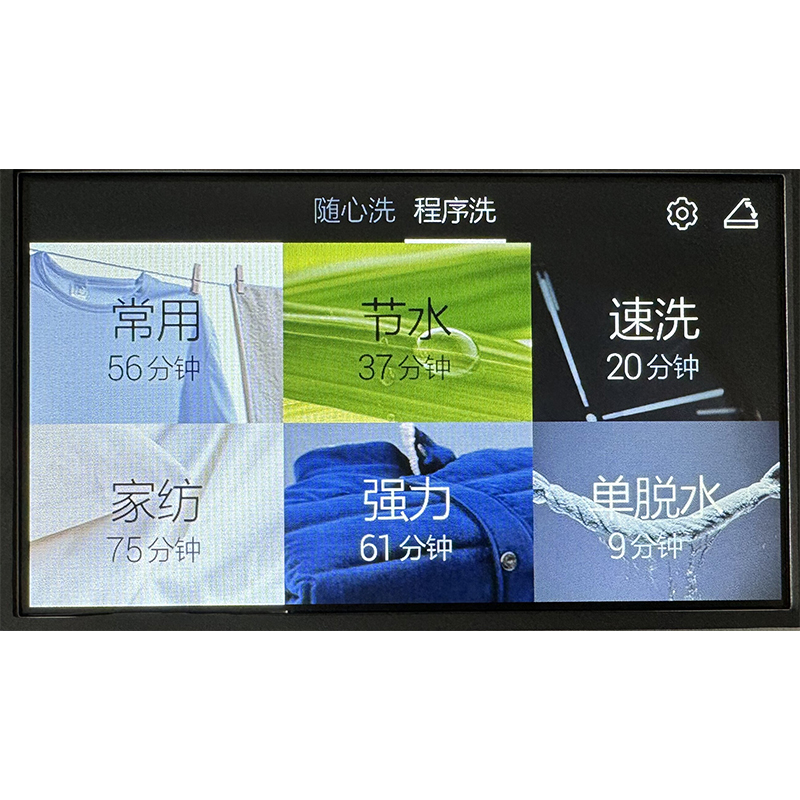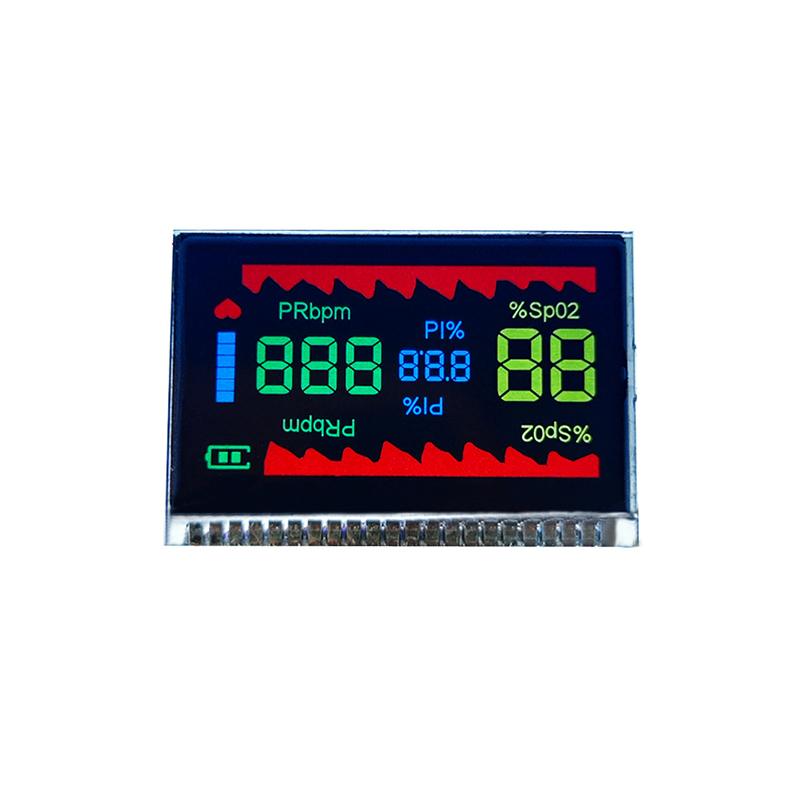
This article explores the pricing and features of 10-bit AMOLED displays, helping you understand what to expect and how to make informed purchasing decisions. We'll delve into the technology behind these displays, their advantages over lower-bit displays, and factors influencing their price. We also consider the various applications where you'll find these high-quality screens.
AMOLED (Active-Matrix Organic Light-Emitting Diode) displays are known for their vibrant colors, deep blacks, and high contrast ratios. A 10-bit AMOLED display takes this technology a step further by using 10 bits per color channel (red, green, and blue). This results in a significantly expanded color palette, producing smoother gradients and more realistic image reproduction compared to 8-bit displays. The increased color depth translates to a much richer and more nuanced visual experience.
The jump from 8-bit to 10-bit significantly improves color accuracy and smoothness. While an 8-bit display can show 16.7 million colors, a 10-bit AMOLED display boasts over 1 billion colors. This allows for smoother transitions between colors, eliminating banding artifacts commonly seen in 8-bit displays, particularly in gradients. This is especially noticeable in professional applications like photo and video editing.
Larger displays with higher resolutions (like 4K) inherently cost more to manufacture. The increased number of pixels directly impacts the cost of the panel itself, driving up the overall price of the 10-bit AMOLED display.
AMOLED production is a complex process. Advances in technology, like improvements in pixel density and efficiency, often lead to higher initial production costs, which can be reflected in the final price of the display. High-end features, such as HDR support, further increase costs.
Similar to other electronics, brand reputation and market demand play a role in pricing. Premium brands often command higher prices, reflecting their brand recognition and quality assurance. High demand for certain sizes or resolutions can also drive prices up.
Many high-end smartphones now incorporate 10-bit AMOLED displays, offering consumers a superior visual experience. These displays are often a key selling point, justifying the higher price tag.
The use of 10-bit AMOLED displays in televisions is becoming increasingly prevalent, particularly in premium models. These screens deliver exceptional image quality, making them ideal for home theaters and other demanding applications.
High-end monitors, especially those targeted at professionals in fields like graphic design and video editing, frequently utilize 10-bit AMOLED displays for their superior color accuracy and vibrant visuals. These monitors are designed to meet the rigorous requirements of professional workflows.
The price of a 10-bit AMOLED display can vary widely depending on the factors discussed above. Generally, you can expect to pay a premium for these high-quality displays compared to their 8-bit counterparts. However, the enhanced visual experience often justifies the added cost, especially for professional users or those who prioritize image quality.
| Display Type | Approximate Price Range (USD) | Typical Applications |
|---|---|---|
| Small-size (e.g., smartphone) 10-bit AMOLED | $100 - $500+ | Smartphones, tablets |
| Medium-size (e.g., monitor) 10-bit AMOLED | $500 - $2000+ | Monitors, portable displays |
| Large-size (e.g., TV) 10-bit AMOLED | $1000 - $10000+ | Televisions |
For more information on high-quality displays and advanced screen technology, consider exploring the offerings from manufacturers like Dalian Eastern Display Co., Ltd. They are a leading provider of innovative display solutions.
Note: Price ranges are approximate and can vary based on specific features, brand, and retailer.












